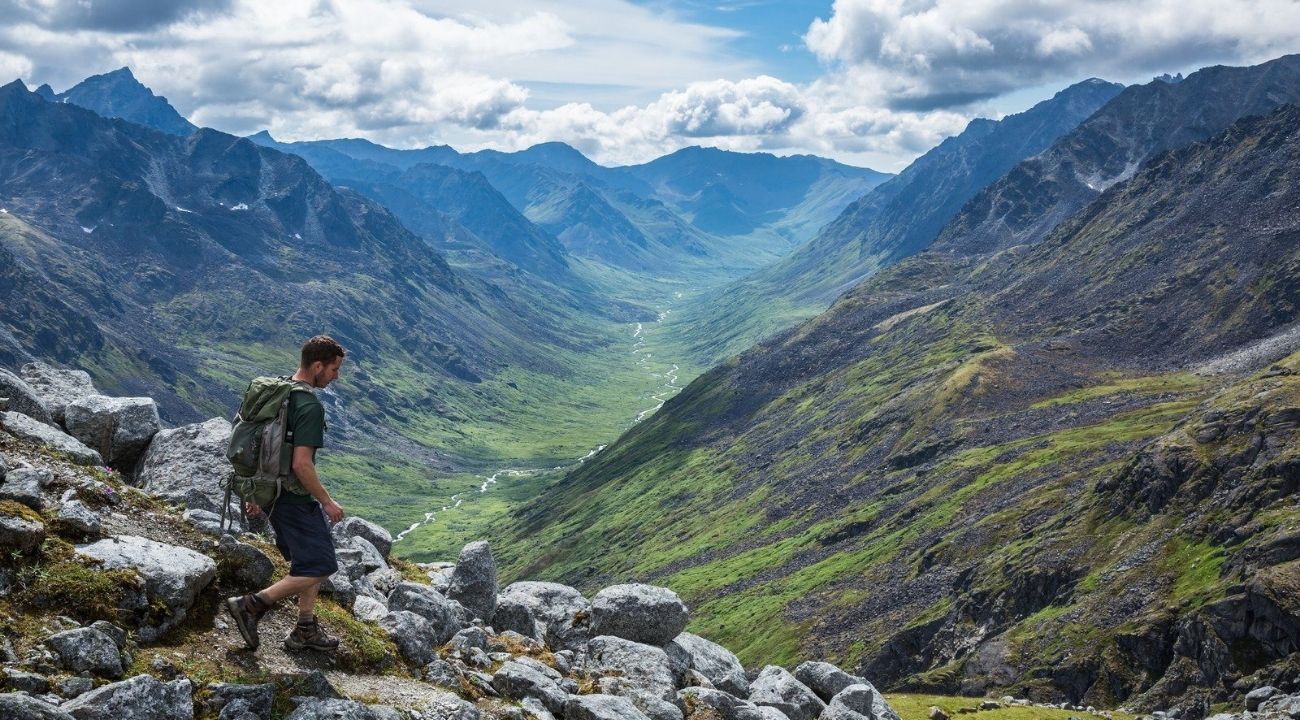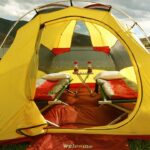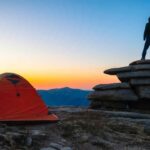Outdoor activities expose you to new places allowing you to push beyond your comfort zone. These activities including hiking, running, climbing, and even exploring, can liberate your mind by taking you away from your regular busy schedule.
Whatever you do, if your outdoor activity requires more than a couple of hours, you’ll probably want to carry a few essential things with you like- a water bottle, camera, clothing, food, and even a first aid kit. Carrying these essentials in your pocket isn’t possible. On the contrary, you might not want to take a huge bag or backpack with you.
Well, a daypack will be just perfect in case you don’t want to carry something heavy on your back. A Daypack is specially designed for your day-long adventures or activities. While the wrong-sized bag or backpack can ruin your day, the right kind of daypack can make your day-long outdoor activity more enjoyable. However, not all daypacks are the same, and you need the right one for yourself based on your needs. But how to choose a daypack? below we have jotted down some key points to help you choose an appropriate daypack.
Daypack Vs. Backpack
Backpacks and daypacks almost have the same appearance. For instance, it’s difficult to tell the difference between a 45-liter backpack and a 45-liter daypack at a first glance.
However, they are different in terms of purpose and features. A backpack is a generic term. Anything you can carry on your back- is called a backpack, and it’s usually frameless. Most importantly, a backpack can be of various sizes, types, and shapes.
On the contrary, a daypack is designed mainly for a day trip. These are small backpacks with 10 to 50 liters carrying capacity. With a daypack, you can take a few essentials with you for a day. Besides, they do boast special features, unlike conventional backpacks. So, you can say every daypack is a backpack, but not all backpacks are daypacks.
How To Choose One?
First of all, you need to consider the type of activity. Then you might choose a daypack. The capacity of a daypack varies from 10 to 50 liters.
| Daypacks | Activities |
| <10L | Light & Fast Activity (If you need to move fast and light without the need of taking too much gear, you should choose packs 10 liters and under) |
| 10L – 20L | Trail Running, Summer Hiking, MTB Riding, Everyday Travel (Daypacks with 10 to 20 liters capacity are for activities like trail running, summer hiking, mountain bike riding, and everyday travel) |
| 20L – 30L | An Ideal Size for Day Trips (20 to 30 liters pack size is ideal for you if you want enough space and organization, and don’t want it to be bulky) |
| 30L – 50L | Winter Hiking, Rock Climbing (You get a huge space from a daypack of 30 to 50 liters in size. Winter hiking and rock climbing- these activities require you to take specialized gear. These daypacks are perfect for them) |
Well, choosing one for yourself is entirely up to you because it’s all about personal preference, but you need to choose wisely.
Things You Need To Consider Before Making A Purchase
- Frame/Framesheet: If you choose one for hiking, make sure it has an internal frame sheet. It’s great for long hikes.
- Top-Loading/Panel-Loading Packs: People who want the best out of the available pack size prefer top-loading packs. And people who like easy accessibility to their content with better organization usually prefer panel-loading packs.
- Women-Specific Fit: Well, women-specific daypacks have shorter shoulder straps, shorter torso ranges, differently shaped hip belts, and many more.
- Straps: Whether the daypack has shoulder straps, hip belts, and other special straps for better weight distribution.
- Hydration Compatibility: Many daypacks nowadays have hydration reservoirs or water bladders with separate sleeves inside. Or at least, they are hydration compatible.
- Rain cover: If you expect rain during your outdoor activities, make sure your pack includes a rain cover. Or you have to buy a separate one for yourself later.
- Good Brand: Buying a daypack made by good brands like The North Face, Patagonia, Osprey, etcetera will be a wise choice, especially if you’re less aware of the technical aspects of a Daypack.
Final Verdict
A cushy hip belt can also reduce the chances of having sore spots besides balancing the weight distribution of the daypack. By far you have gathered a good amount of ideas on how to choose a daypack. Hence, apply them on your next outdoor trips and let us know in the comment section how much helpful it was to you.

William Arrovo seeks thrills and laughter in everything he comes across. He is a fun loving person with a zest of exploring the breathtaking places around the globe. He feels content in sharing his experiences of travelling to various countries. He is grateful about enriching himself with a myriad of cultures and rejuvenating his soul while staying outdoors.









Leave a Comment